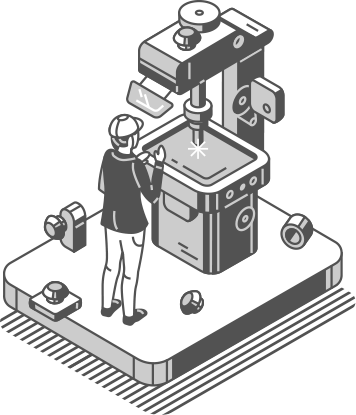Of the more than 300,000 affiliated workers in Navarre, 31,410 work in technology-intensive sectors, which represents 10.1 % of the total, behind only Madrid (10.5 %). Navarre also recorded the second highest increase among the Autonomous Communities last year: 2.1 % after the Basque Country (2.7 %). In addition, this region, together with Gipuzkoa, Madrid, Barcelona and Zaragoza, exceeded the European Union average in this area.
One of the most outstanding aspects of this growth is its balanced distribution throughout the territory, benefiting not only Pamplona but also smaller municipalities. This is a factor that shows that technological employment is contributing to territorial cohesion, boosting economic development in different localities in the region and consolidating an inclusive growth model in which technology plays a key role.
The growth in technological employment has been particularly notable in some municipalities that have consolidated themselves as key technological poles. Among them, Barásoain stands out with 82.3% of technological employment, driven by companies such as Nordex and Viguetas Navarras. In 2019, this percentage was 60.2%, which represents an increase of 22 percentage points and the creation of 461 new technological jobs in five years.
Another relevant case is Sesma, where 52% of workers are employed in technology sectors, an increase of 13.4 points since 2019. The town is home to Ingeteam, which specialises in power electronics for renewable energies. In this period, Sesma has generated 149 new technological jobs, with a 71% growth in the number of affiliates in this sector.
Bakaiku has also recorded significant growth, increasing its technological employment from 51.4% to 58.5% in five years. Although to a lesser extent, this town follows the general trend in Navarre towards specialisation in high-tech sectors.
Another relevant technological focus is Peralta, where 30.3% of employment is linked to sectors such as the manufacture of electronic and optical products, as well as machinery and equipment. Companies such as Azkoyen, Jofemar and Dynamobel have made the municipality a benchmark for industrial innovation.
The ‘Map of Technological Employment’ report, prepared by COTEC, highlights how the boom in technology employment not only boosts competitiveness, but also strengthens territorial cohesion and economic development in smaller municipalities. With its commitment to the technology industry, Navarre remains at the forefront in Spain and Europe.
This growth reinforces Navarre’s position as a leading region in technological employment, with 10.1% of its productive structure dedicated to this sector, well above the national average. This progress demonstrates the key role of technology in the creation of quality employment and in the economic development of the region.
THE IMPORTANCE OF THE ICT SECTOR IN NAVARRA
As shown in our ‘Strategic Sectors’ section, the ICT sector in Navarre is made up of around 200 companies that employ 3,500 people and have a turnover of around 280 million euros, with a constant search for innovation. Its activities include the automation of production processes, followed by cybersecurity and the management of infrastructures and systems.
Despite being a relatively young sector, as the vast majority of the companies in it have been set up in the last 20 years, it has experienced significant growth due to the sophisticated demand from local and multinational companies in the renewable energy, health, food, automotive and public sectors in our region. The ICT sector has been of vital importance in the development of Smart Grids for renewable energy and in sensor networks for applications in the Agro or E-health sector. More information on the following link.
Source: navarra.es




